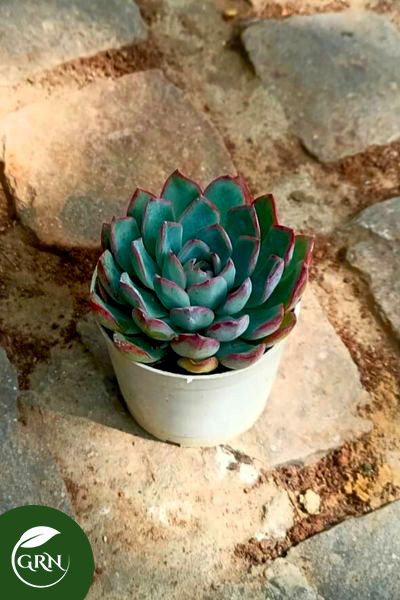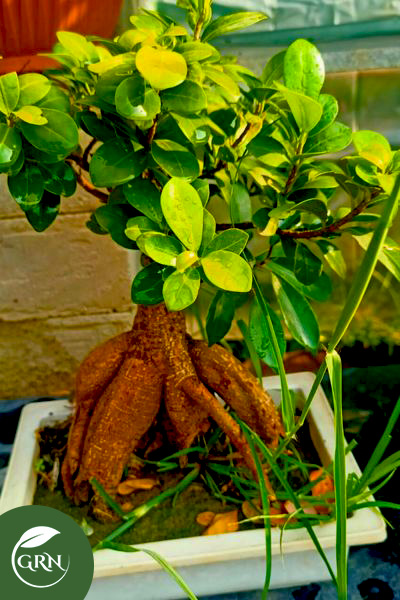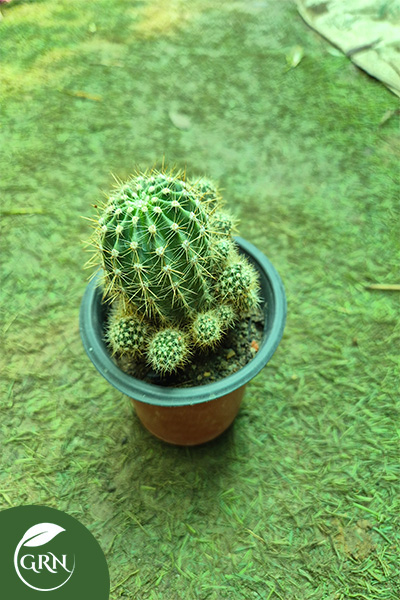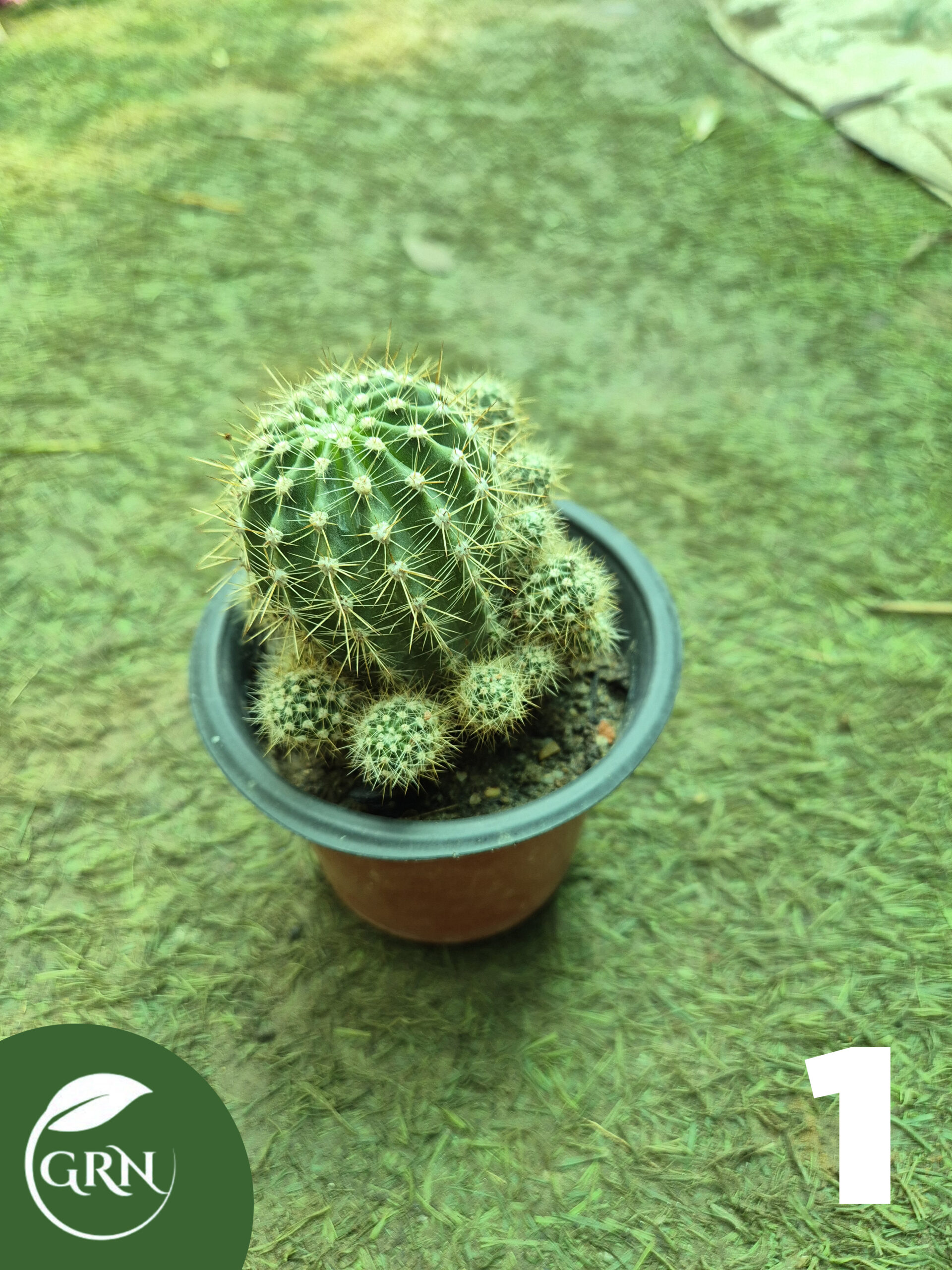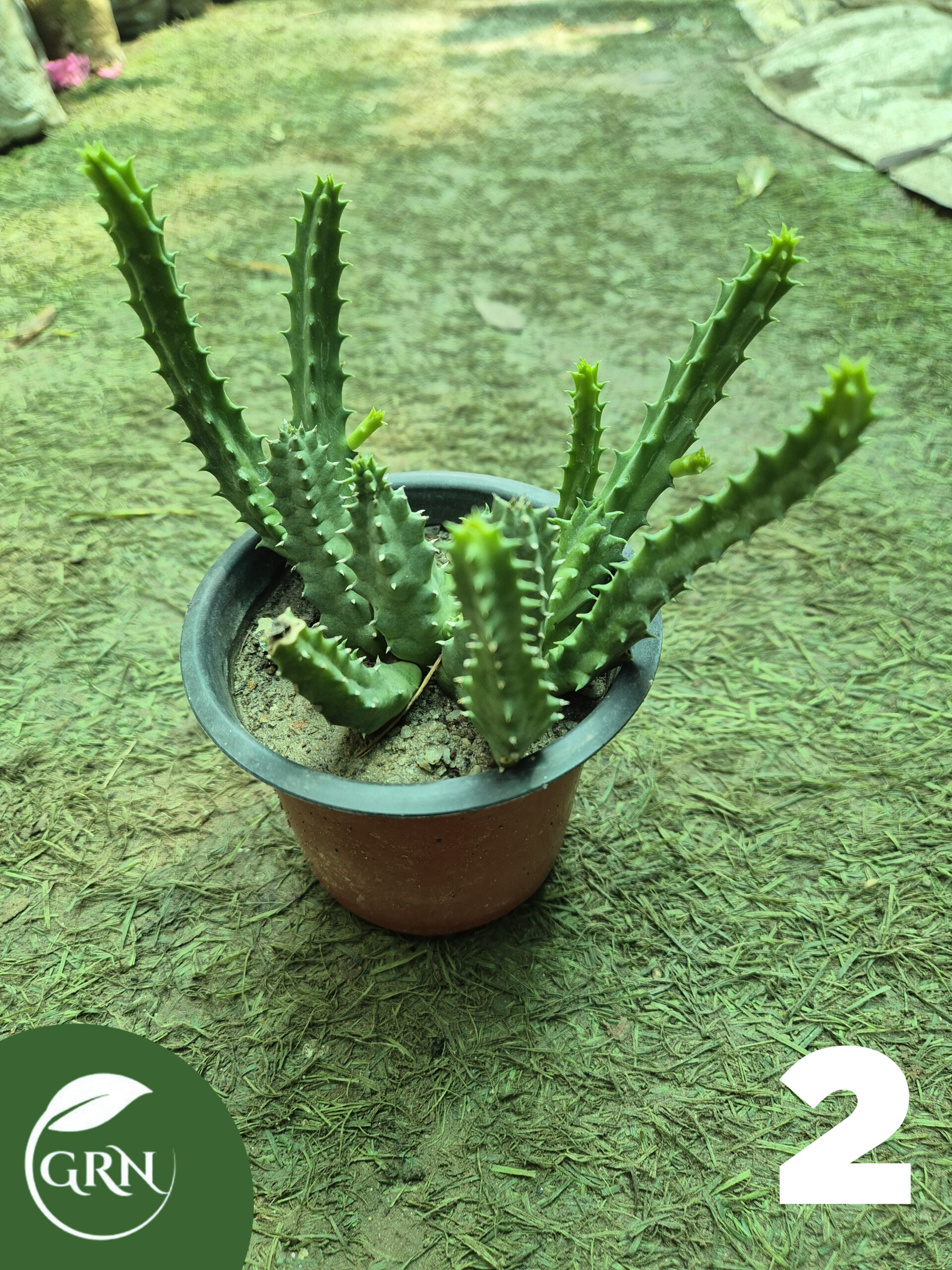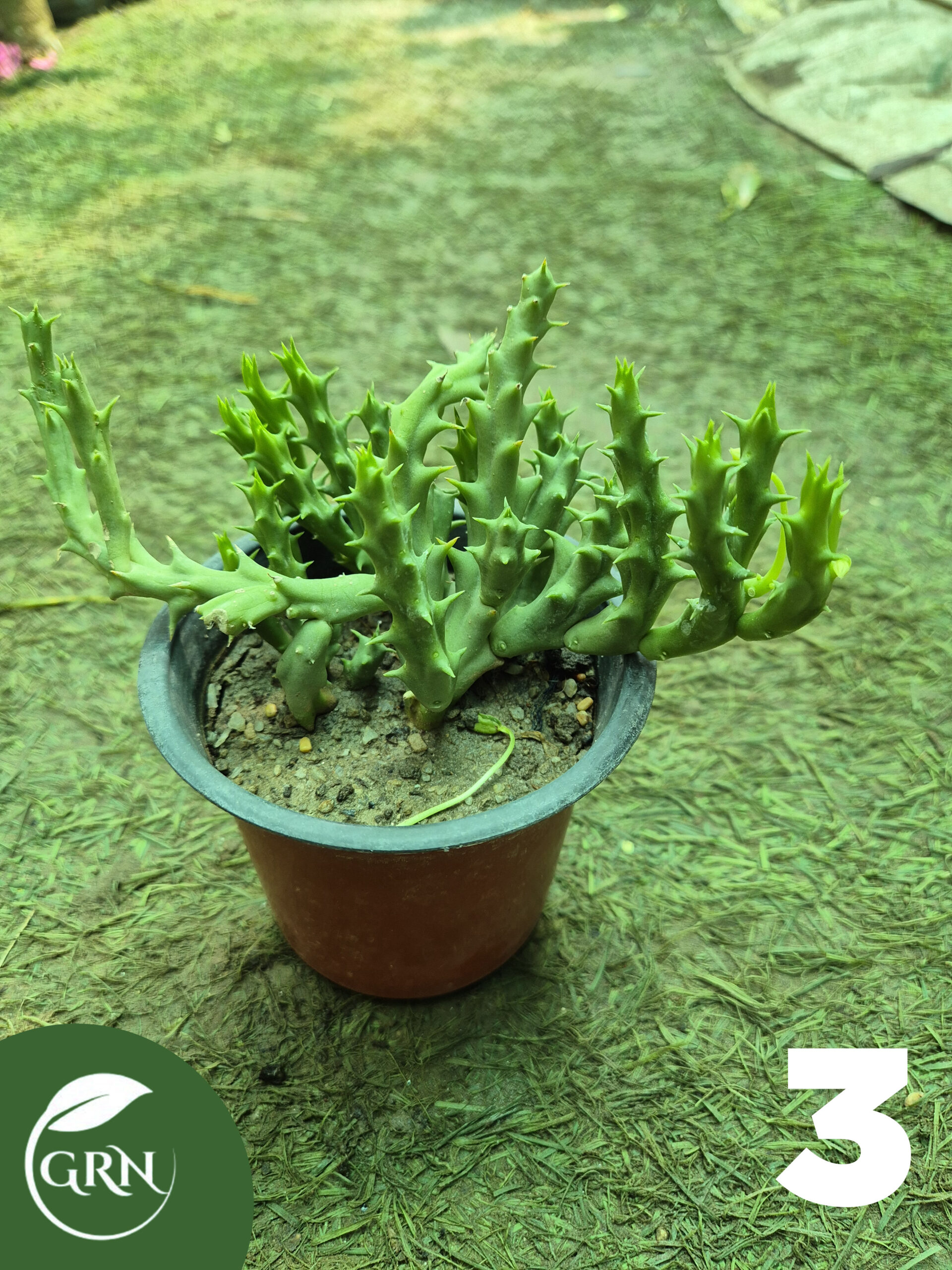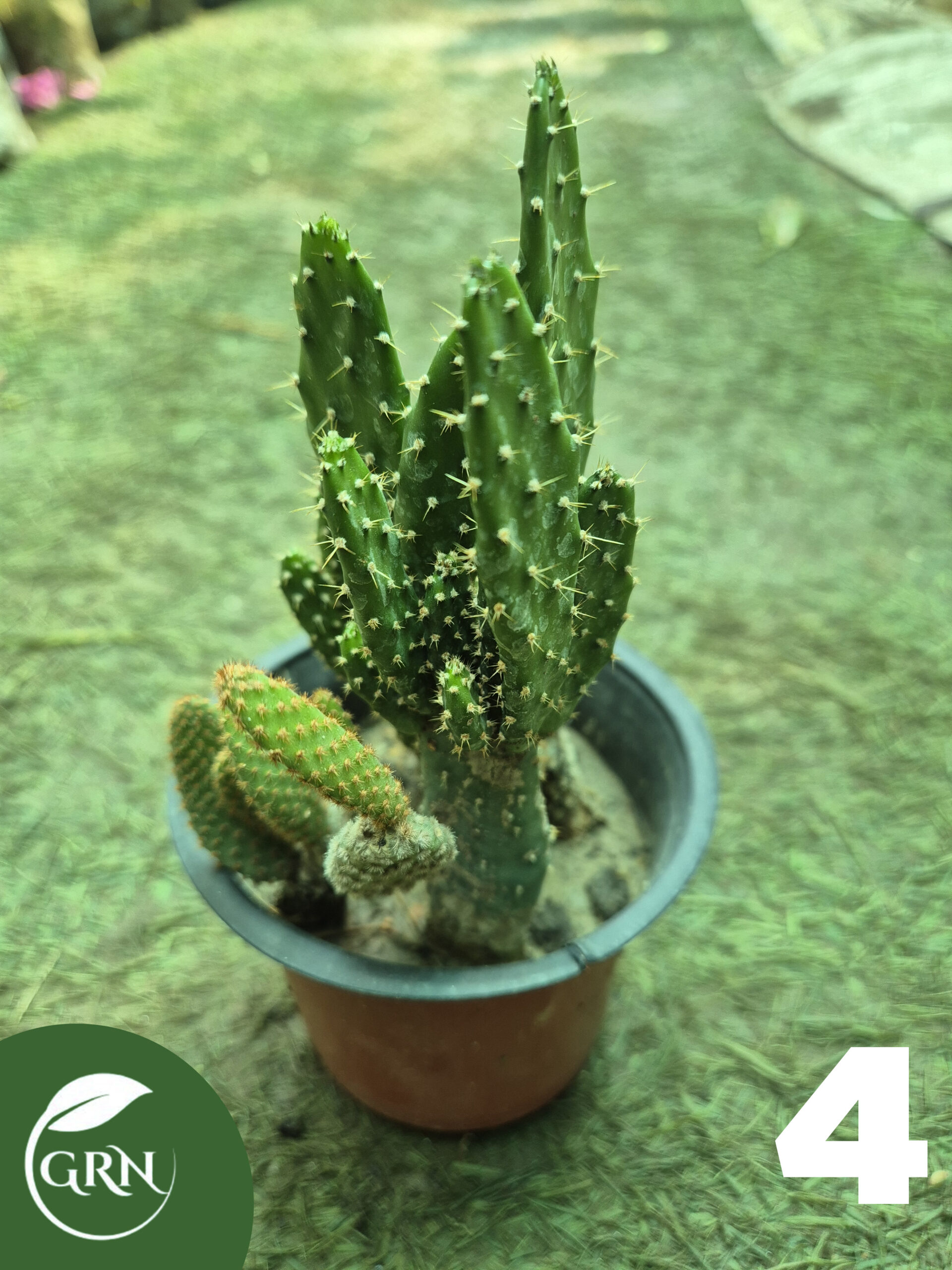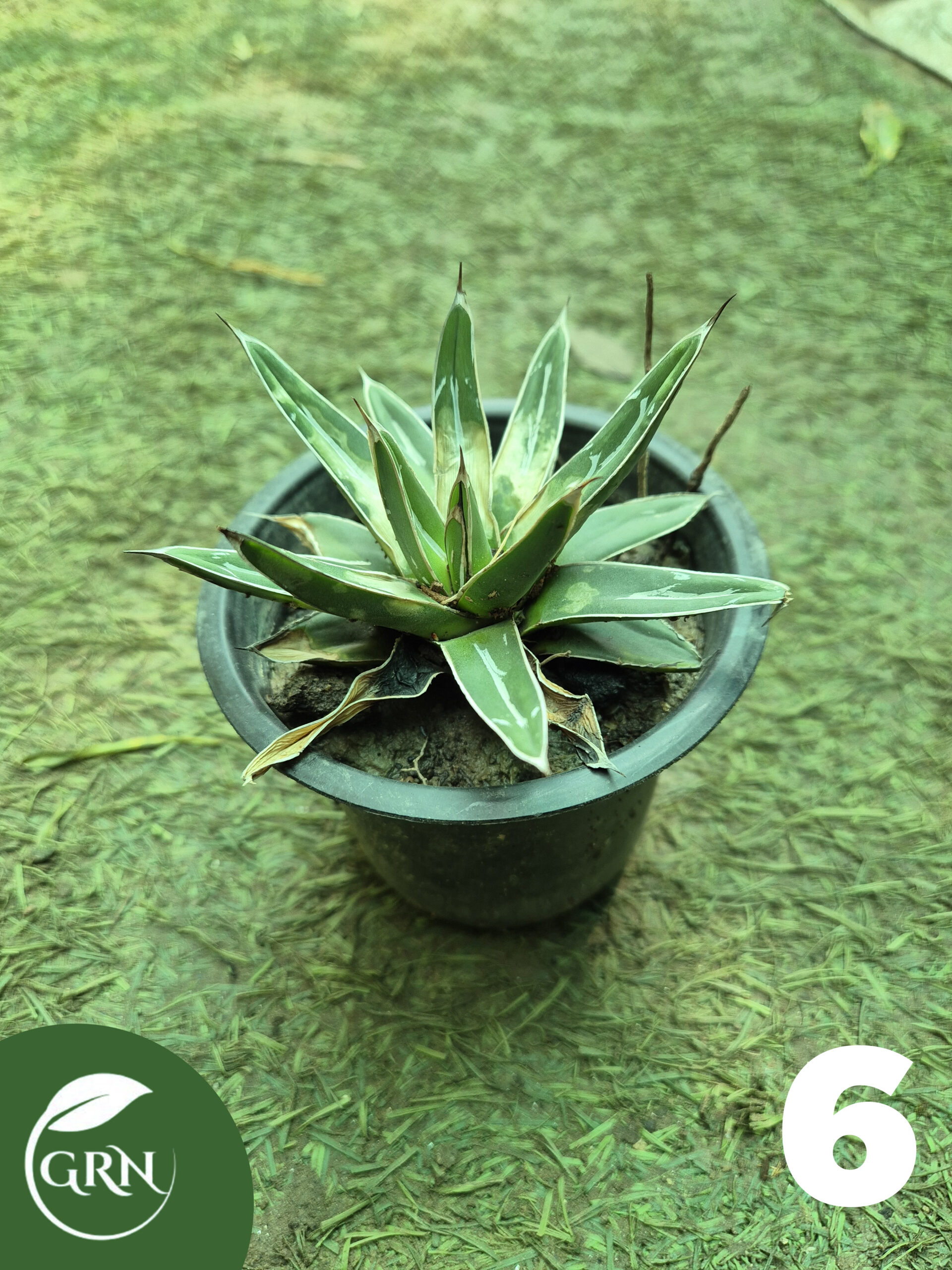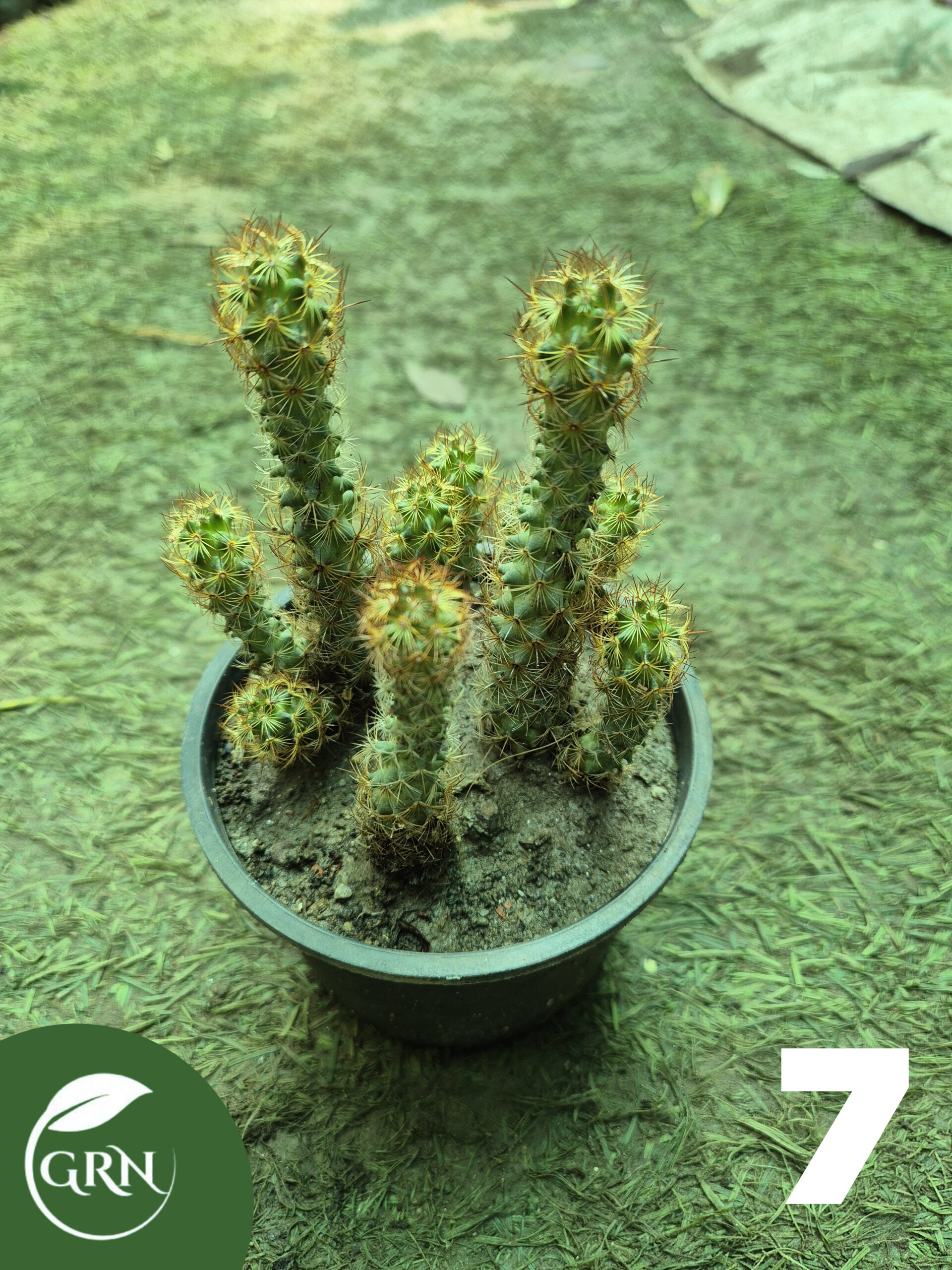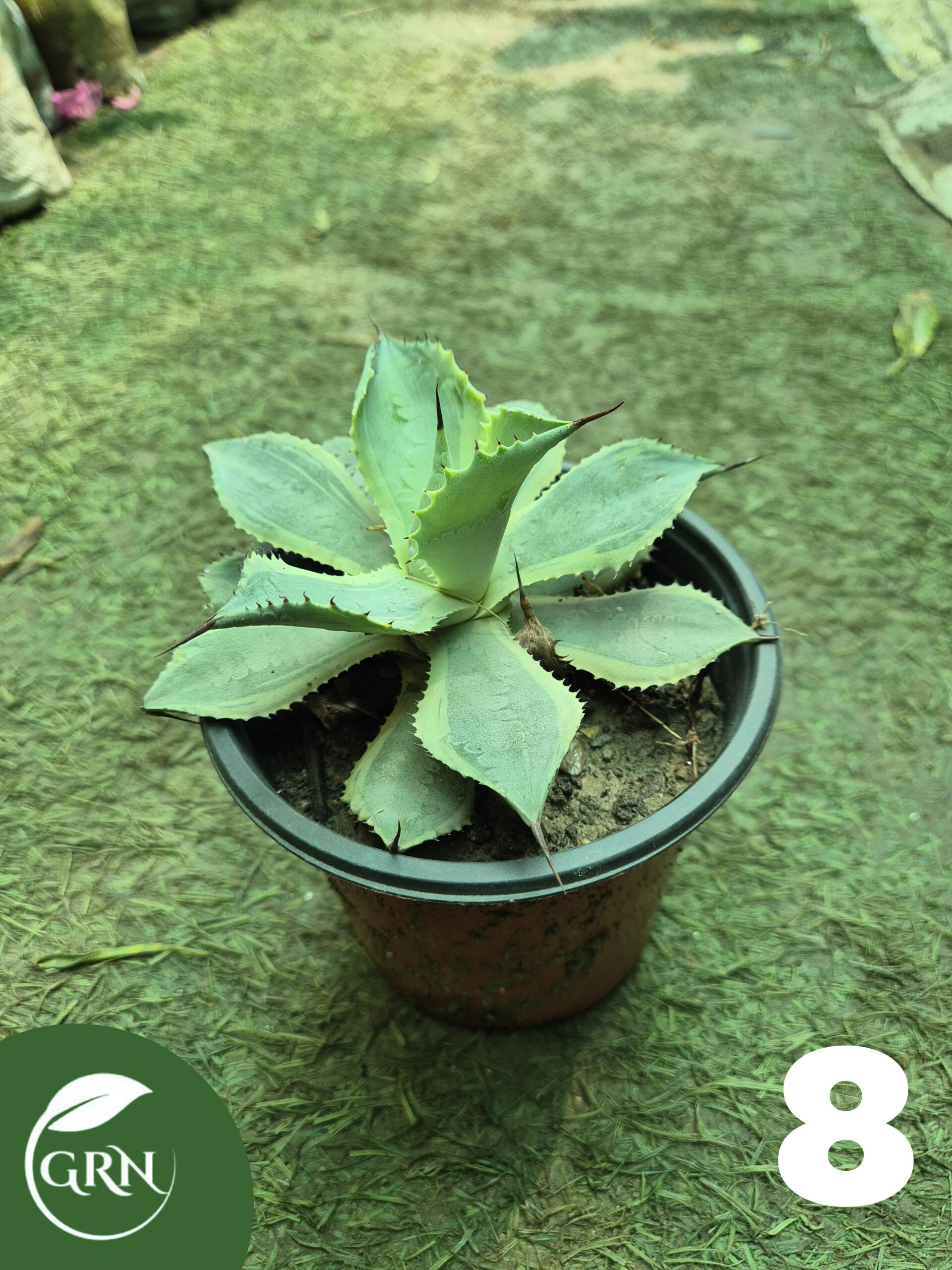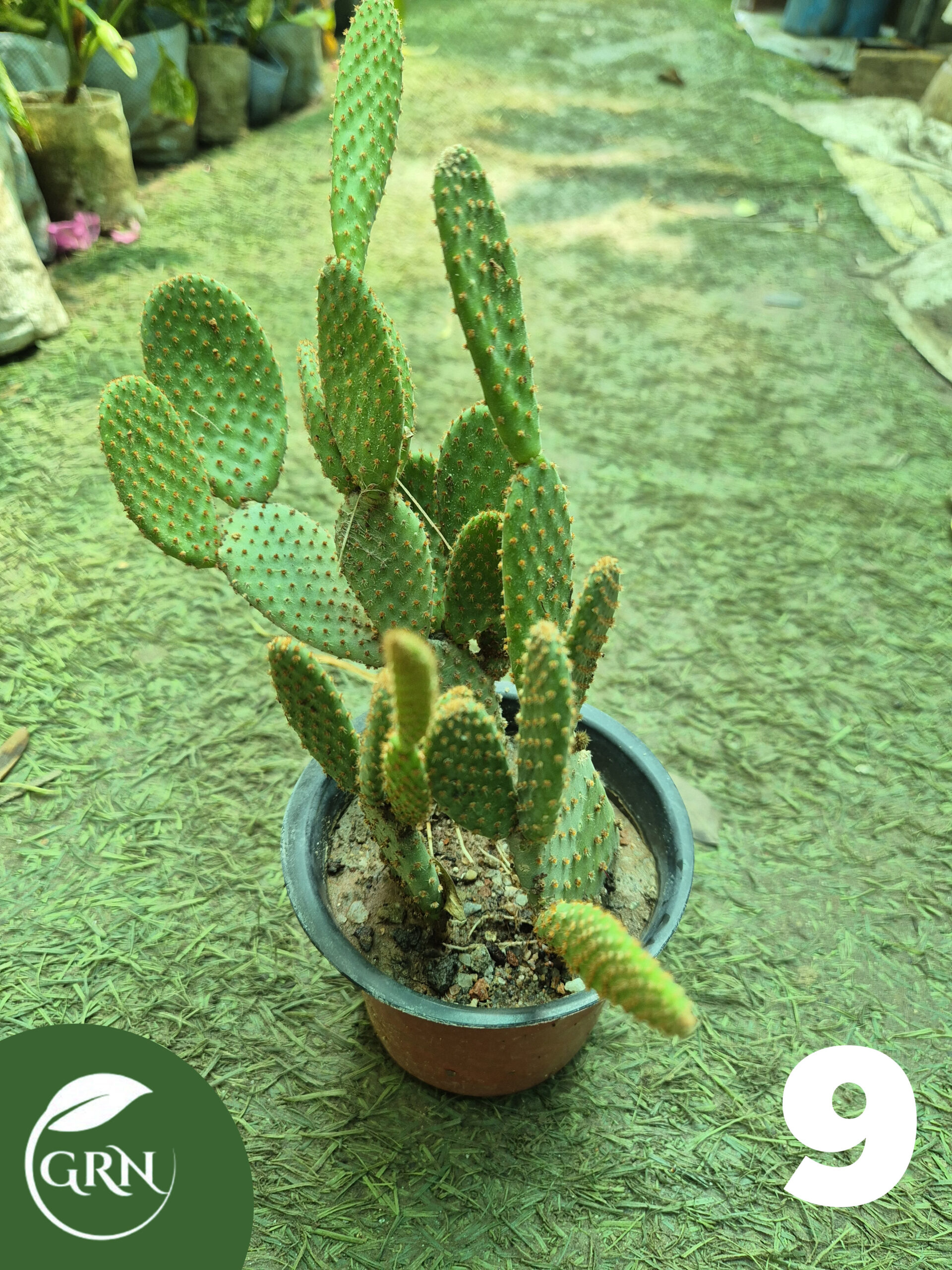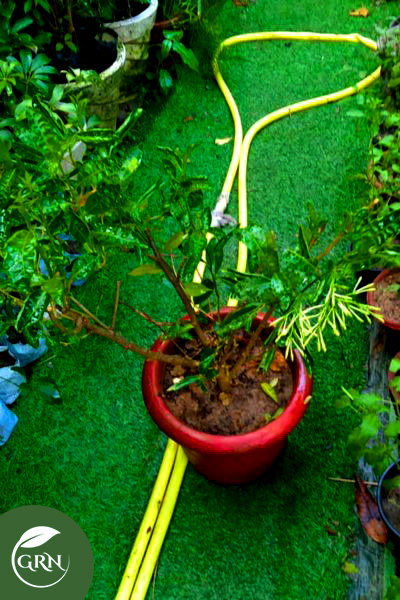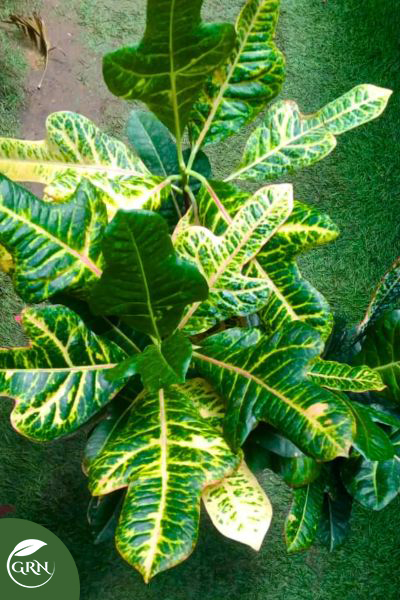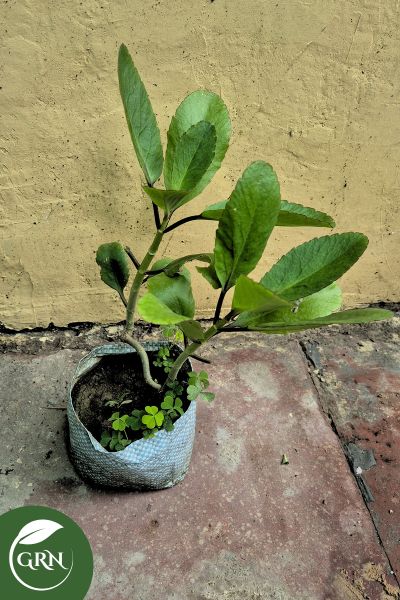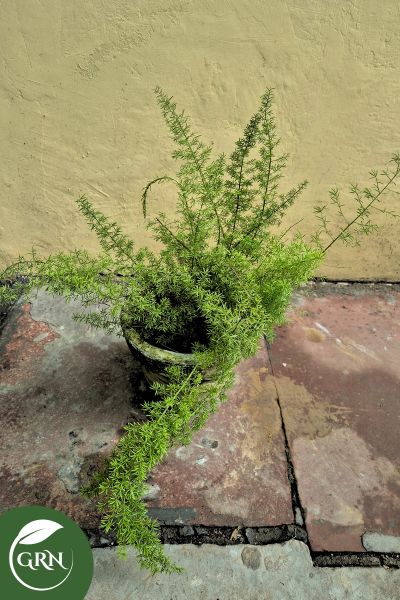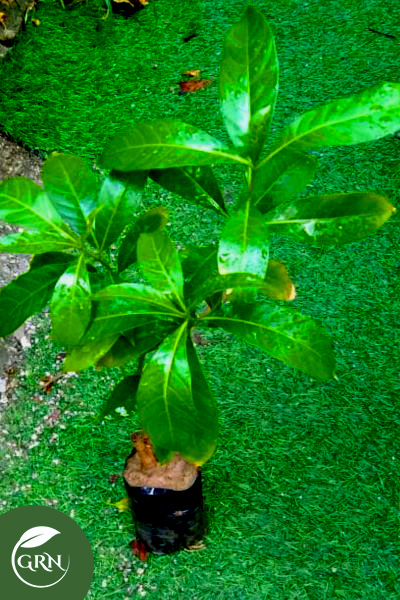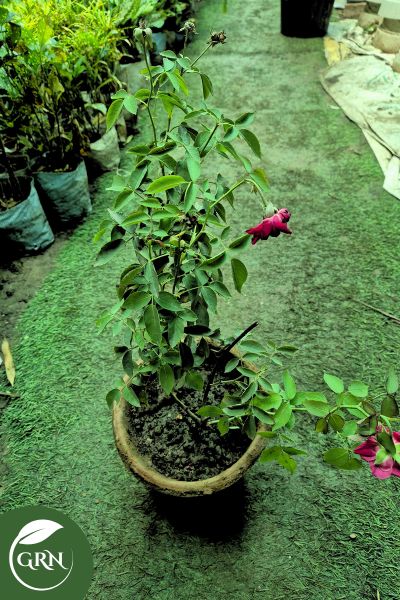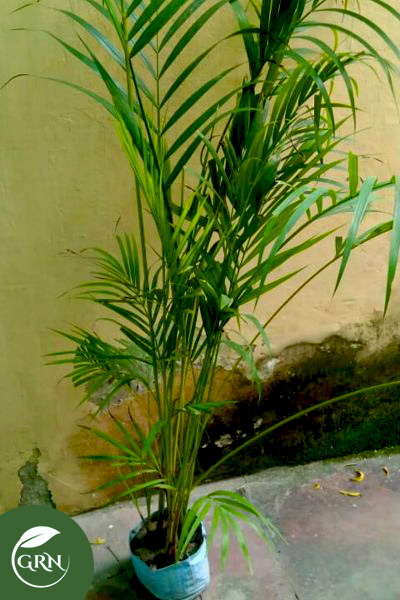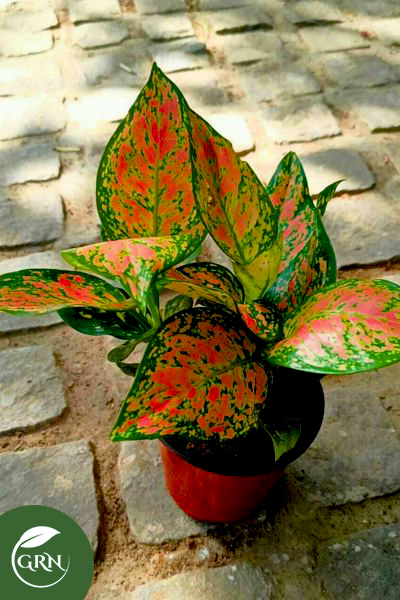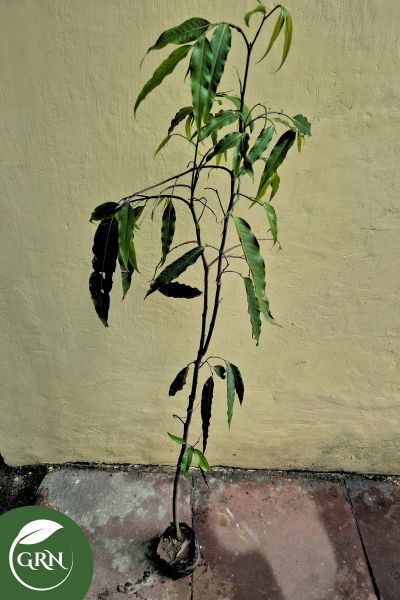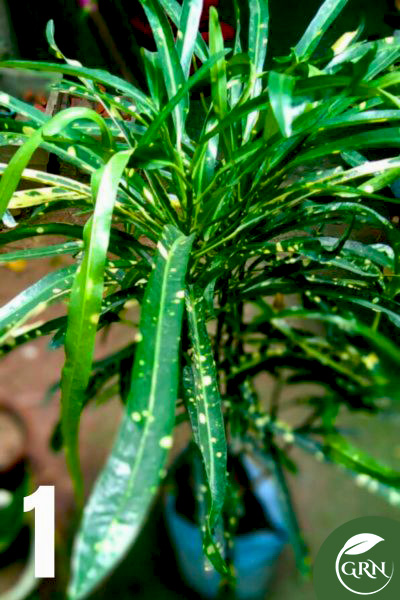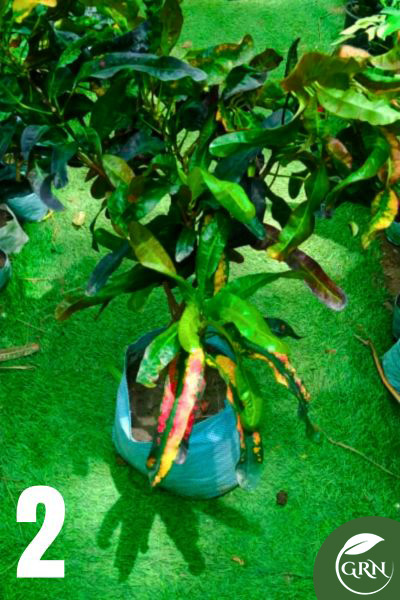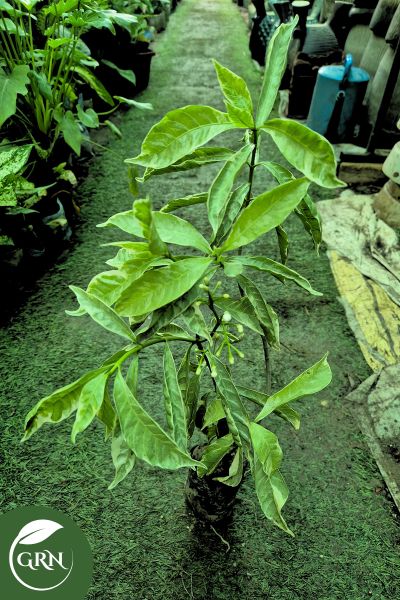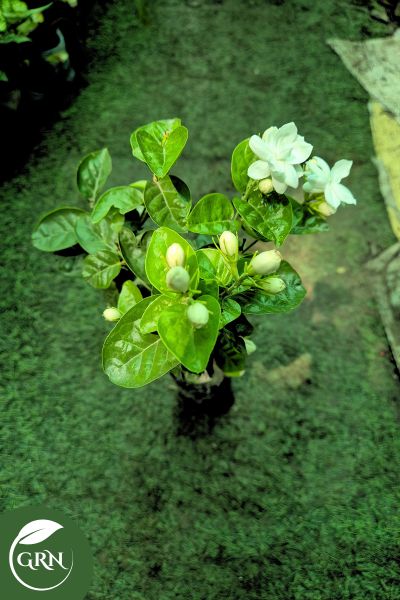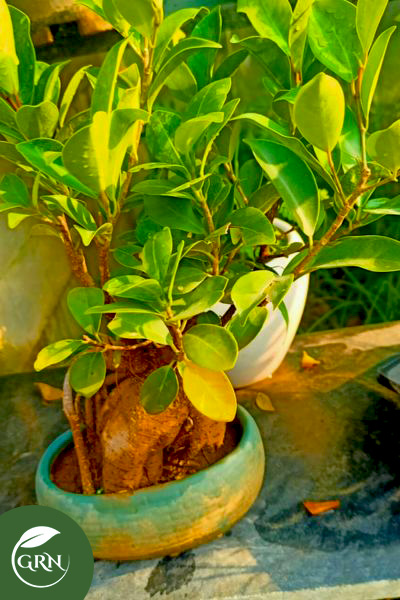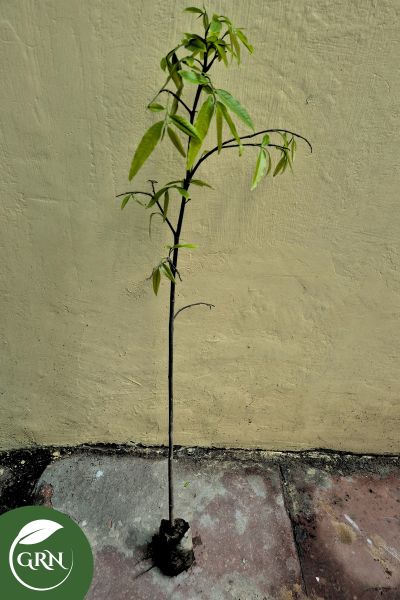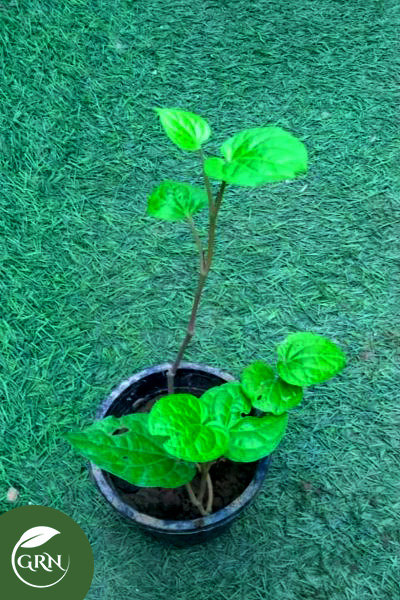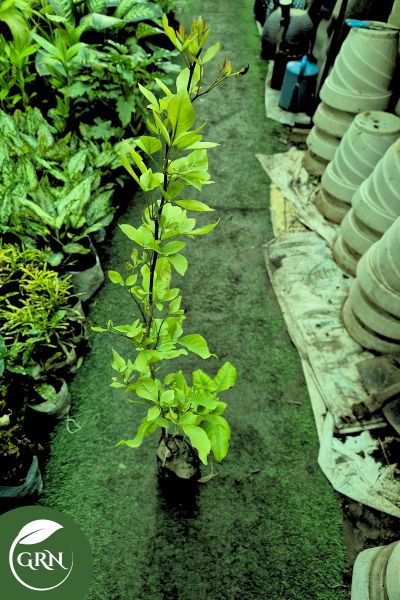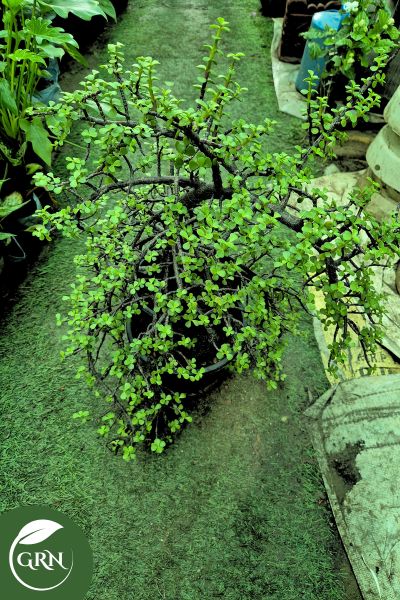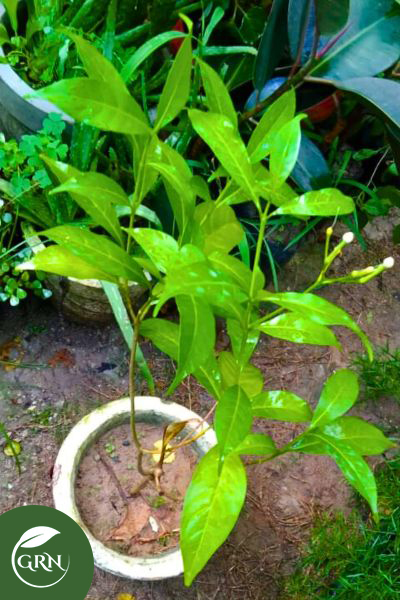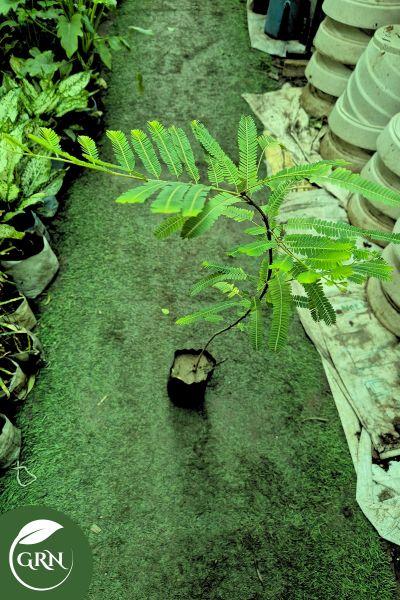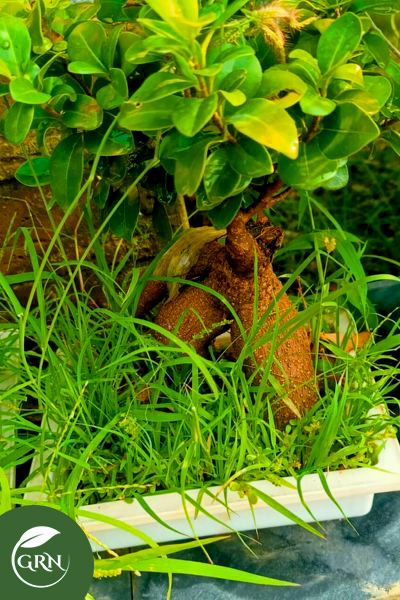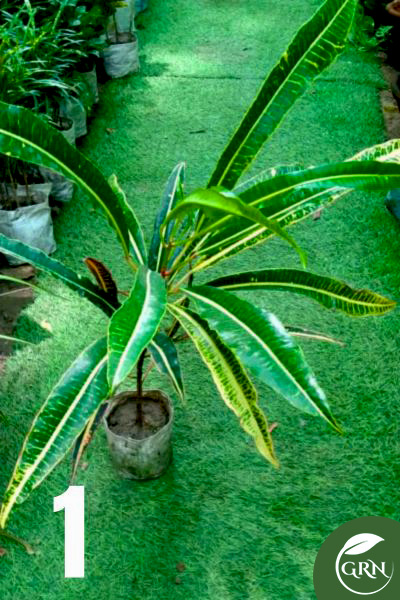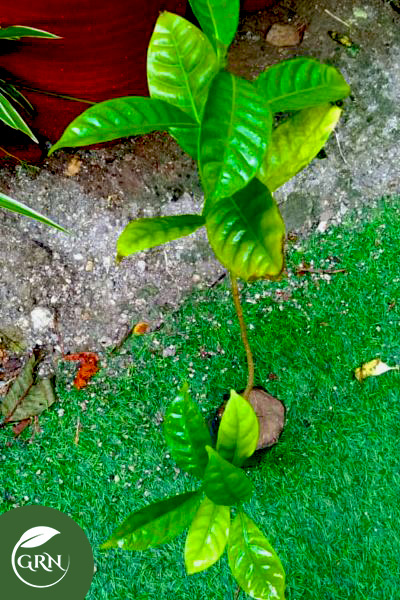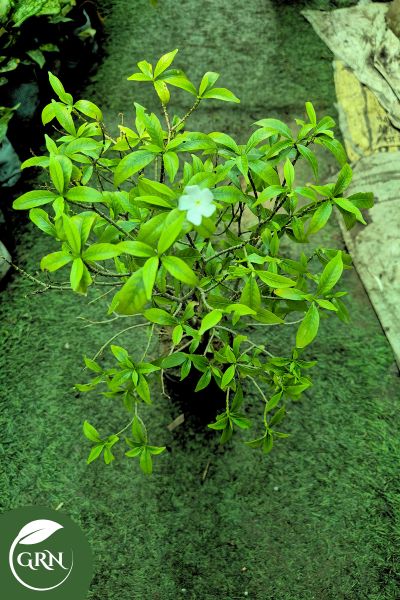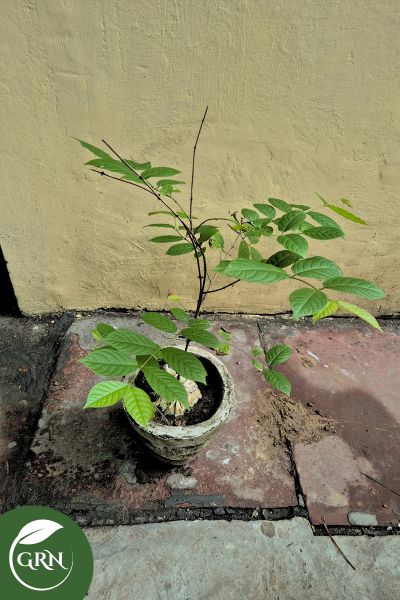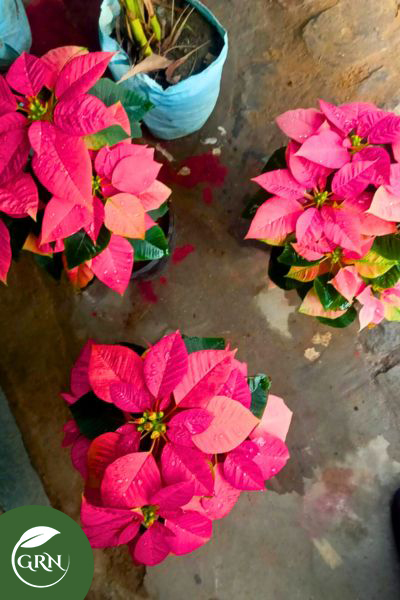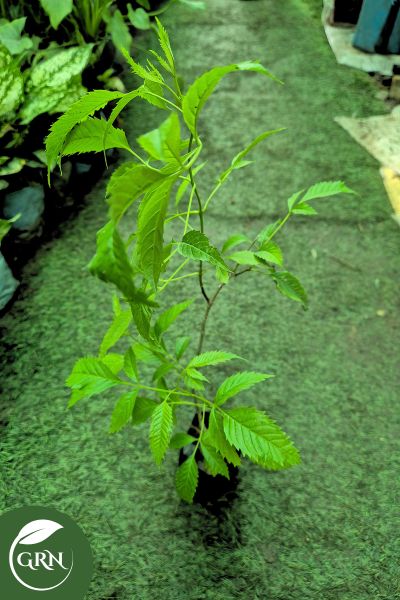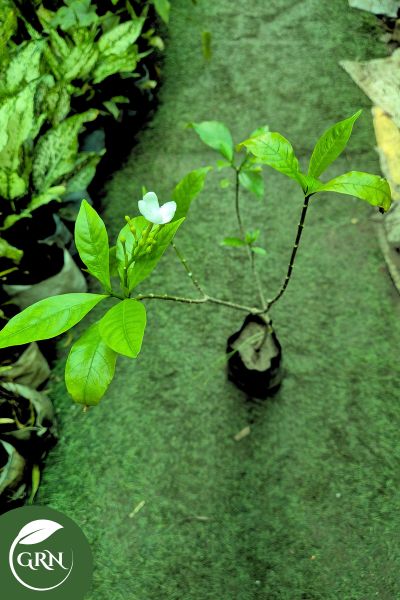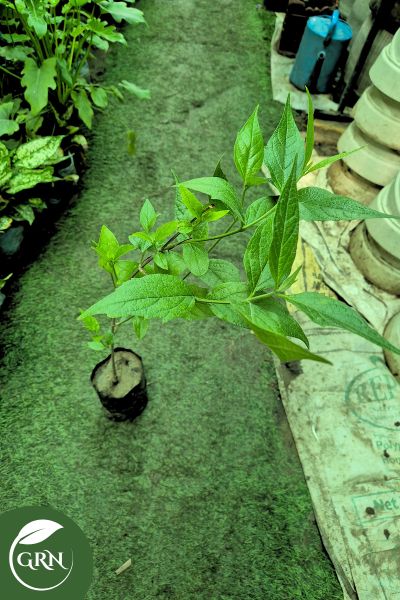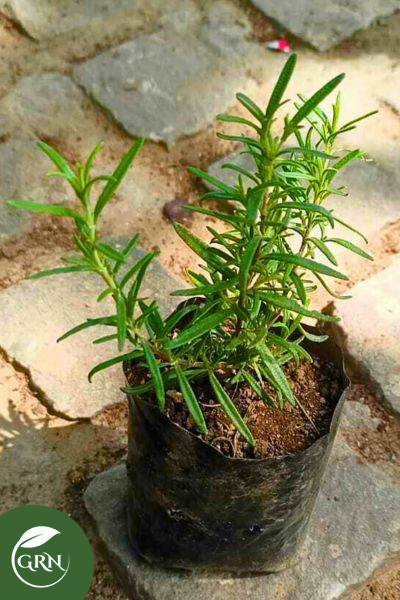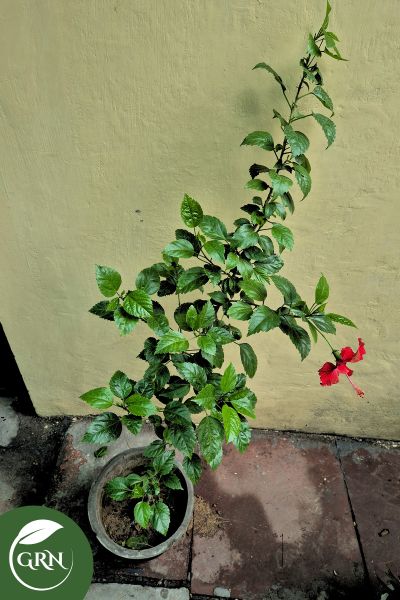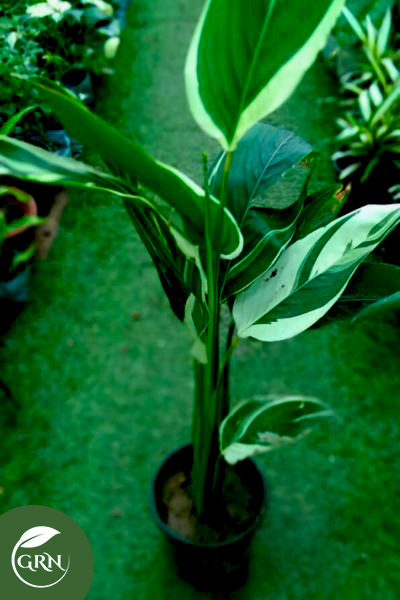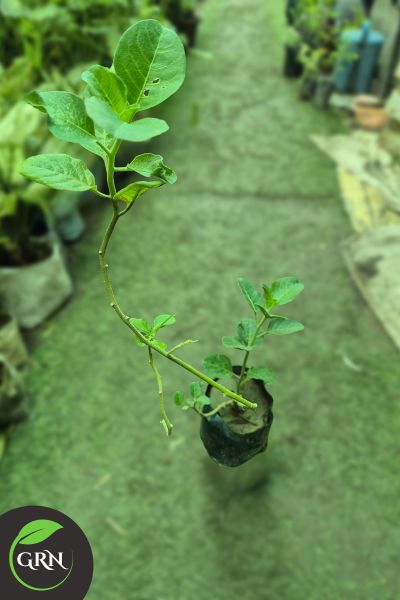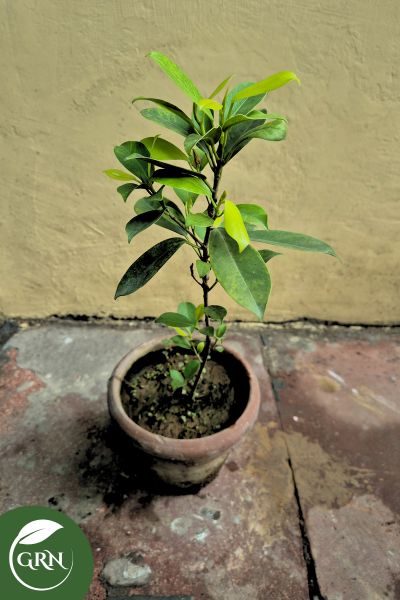4 Inch Small Sizes Cactus All Varieties
Price range: ₹230.00 through ₹250.00
Know More About Cactus Plants:
- Cactus plants Adaptation to Arid Environments: Cacti are well adapted to dry and desert environments. Their thick stems store water, allowing them to survive long periods of drought. They have modified leaves, often reduced to spines, which help reduce water loss through transpiration.
- Variety of Shapes and Sizes: Cacti come in a wide range of shapes and sizes. Some are low-growing ground cover, while others can grow tall and tree-like. The appearance of cacti varies greatly, from globular and barrel-shaped to columnar and branching.
- Flowers: Many cacti produce colorful and often fragrant flowers. These flowers can be quite striking and are typically found at the top of the cactus stem. Some species of cacti are known for their showy blooms and are popular in gardens and as houseplants.
- Spines: Cactus plants are covered in spines or thorns, which serve multiple purposes. They provide protection against herbivores, help to reduce water loss by shading the stem, and may even help with temperature regulation.
- Propagation: Cacti can be propagated through various methods, including seeds, stem cuttings, and offsets (smaller shoots that grow at the base of the main plant). Different species may have specific propagation requirements.
Description
Cactus plants are a group of succulent plants belonging to the family Cactaceae. You can use it for indoor or outdoor places. They are known for their unique and distinctive appearance, which includes thick, fleshy stems covered in spines or thorns. Cacti are primarily native to the Americas, particularly the arid regions of North and South America, but they are now cultivated and grown in many parts of the world for ornamental purposes
Additional information
| Select Varieties No. | 1, 2, 3, 4, 5, 6, 7, 8, 9, 10, 11, 12, 13 |
|---|

